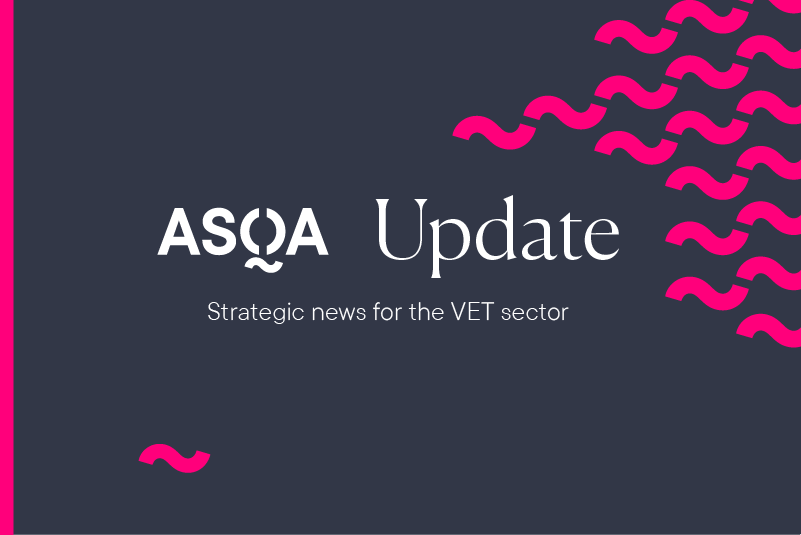When Alasdair MacLeod began tending to an ailing wool-growing property in 2010 after leaving full-time work as a senior News Corporation executive, the only real experience he had to call on was fond memories of his first holiday job on a dairy farm while growing up in rural Scotland.
“I didn’t know anything about farming so I set off to meet some people who did,” Mr MacLeod says.
Some 13 years later, the short story is that he nursed Cavan Station – a family-held property along the Murrumbidgee River in the southern tablelands of NSW – back to rude health, enabling it to produce the highest quality merino genetics, sheep, wool and beef.
The next task was buying land in the northern tablelands to develop a new beef cattle business, Wilmot Cattle Co, which demonstrated that running a productive grazing business while sequestering a large amount of carbon in its soil was not the agricultural equivalent of an impossible dream.
Wilmot famously did this in 2021 by selling $500,000 of soil-carbon credits to “a little company called Microsoft”.
The founder and executive chair of Macdoch, which is a private investment company incorporating Wilmot and other businesses, has a nice line in understatement, while occasionally indulging himself in a much bigger picture.
In July, he told the Queensland Rural Press Club his main interest now was understanding how agriculture can help to address the “two great challenges of climate change and biodiversity loss, while at the same time continuing to grow nutritious food for a growing world population and provide a great income for Australia”.
“It’s my belief that Australia can lead the world in demonstrating how to do this,” Mr MacLeod said.
“We have a very sophisticated industry sector with productive and innovative farmers, enlightened industry groups and, sometimes, some very imaginative government policy.”
In addition to Cavan, the group now has four properties held by Wilmot, two of which have benefited from Macdoch’s self-styled approach to land management.
Both have become carbon-negative; in other words, they are carbon sinks, sequestering much more carbon than they emit.
Carbon projects have now started on the remaining two properties, with similar results expected.
Part of the solution to rehabilitation of farmland is acceptance that a relentless focus on productivity is part of a bygone era.
Overgrazing stresses the land – and, indeed, the farmer – as Mr MacLeod discovered in the drought years of 2004-06 when he spent school holidays with his family at Cavan.
He wondered why there was no grass, so much dead stock and the farm manager was always stressed.
As it turned out, the land was being pushed too hard, with an overriding emphasis on productivity and wool per hectare.
“The problem is that your margins get squeezed when you’re always trying to boost yields – in a lot of cases the soil becomes less fertile and the inputs are costly, but you need more inputs to achieve the same level of output,” Mr MacLeod says.
“The most important thing which most people overlook is that when it stops raining, you have to reduce your stock numbers.
“What normally happens in the process of grazing is that you get three wet years and you grow a lot of grass, and then you then you put on a whole lot of livestock to eat it.
“When it stops raining, all the carbon that was sequestered during the wet years just gets oxidised and goes back into the atmosphere, so the critical thing is to make sure that your ground cover is maintained when it gets dry.”
Many people believe that a focus on sustainability is self-defeating; that the bottom-line will inevitably take a hit.
Mr MacLeod says this is not necessarily true – while the top-line (revenue) might suffer, the bottom-line can actually inflate as costly inputs are taken out of the equation.
Flourishing grasslands can also build up soil carbon for valuable credits as well as lead to better water-holding capacity.
The big challenge is to get the balance right, which involves a constant process of trial and error to eventually reach a point where ecological and business performance are optimised.
Using its own experience, and responding to inquiries from other farmers, Macdoch established Atlas Carbon, which was the first company in Australia to offer livestock producers a program to evaluate the costs and benefits of carbon farming.
The formation of Atlas, which integrates carbon projects into client businesses to yield high-quality carbon credits, was also a reflection of Mr MacLeod’s belief that a robust offsets market is going to be critical.
He told the Rural Press Club that Australia has “no hope” of achieving net-zero without one.
“The technologies we require to decarbonise (aviation), cement-making or even making wind turbines could still be decades away,” he said.
“So while we continue to use fossil fuels, we are going to need to offset those emissions, and the agricultural could be an extremely efficient way of achieving those offsets.”
In a conservative, back-of-the-envelope calculation, Mr MacLeod says good-quality agricultural land could sequester an estimated 66m tonnes of CO2-equivalent a year, or about 14 per cent of Australia’s annual emissions.
The nation could therefore offset the entirety of the agricultural industry’s emissions.
While recognising some people say offsets are a license to pollute, the Macdoch founder questions whether hard-to-abate industries will be shut down.
“I don’t think so,” he says.
“So we’ve got to not just offset those emissions but also find ways of removing the carbon that’s in the atmosphere at the moment.
“Why not use nature to do that?”
That said, he acknowledges that working with nature is a complicated process.
“And if all the predictions are right, it looks like we’re going to enter some pretty dry times so you have to adjust accordingly,” he says.
“The problem with most farming to date is that people think you can beat nature.
“As it turns out, that’s a pretty expensive process.”








